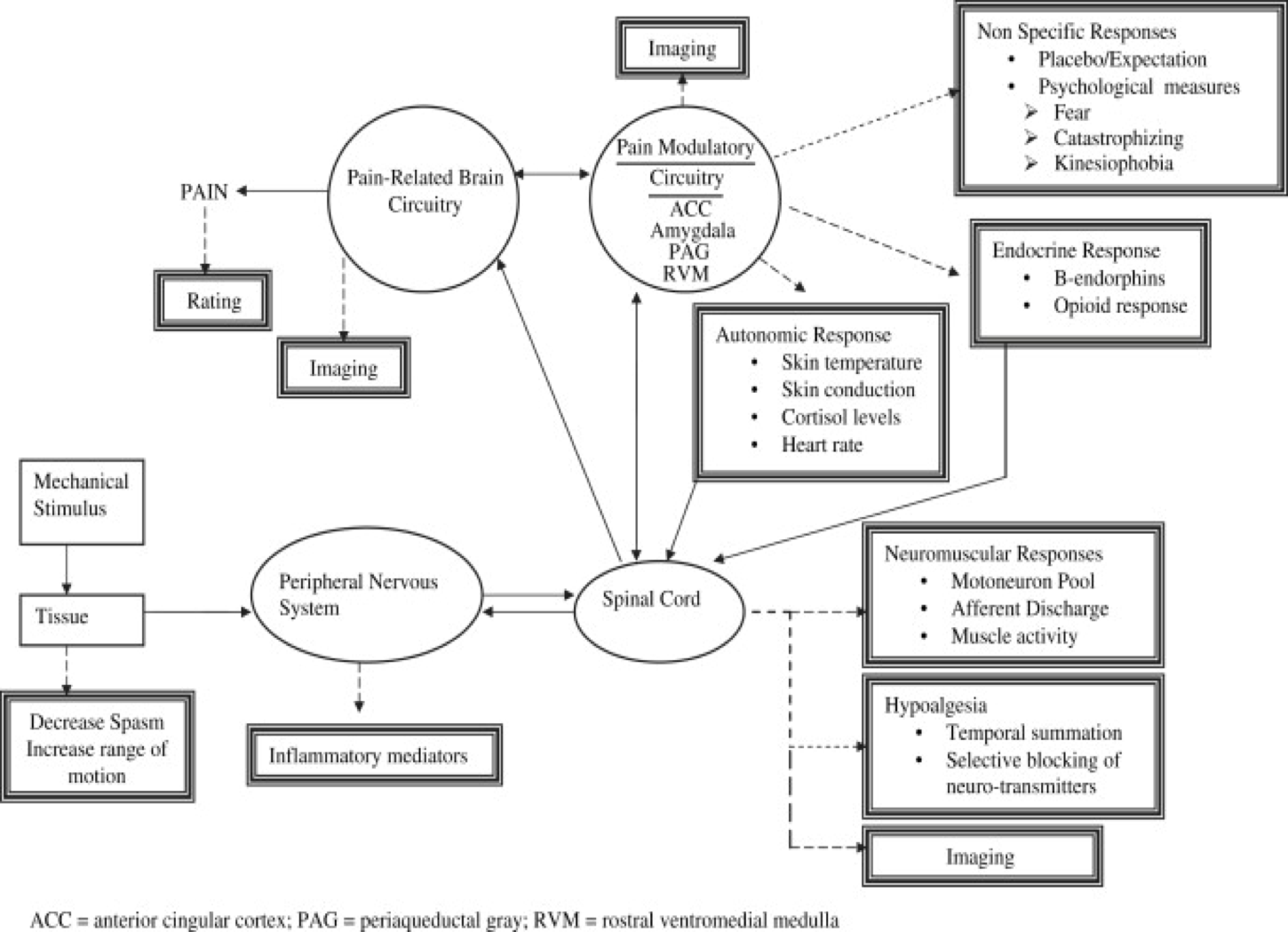Blog
21 Apr 2021
Manual Therapy! Why wiggle that joint?
Most people think that when they go to the physiotherapist, chiropractor, or osteopath for their sore back, neck, or other joints, that they need to get something ‘put back in place’. Sometimes it feels that way. Sometimes you hear a click that makes it sound that way too. However, that’s not exactly what is happening to your joints. Continue reading for a short journey down the path of learning what really happens ‘when a joint goes out’!
So, just a bit of background. All manual therapy started from the same roots. Hippocrates (460 – 385 BC) described spinal manipulative techniques & traction in his books. Claudius Galen (131 – 202 AD) – Roman surgeon provided spinal manipulation by walking or standing on backs. Many cultures had some form of spinal manipulation as a therapy as well.

Modern manual therapy can be traced back to the late 1800’s and early 1900’s. And the different offshoots (physiotherapy, chiropractic, osteopathy) can be traced back to Dr. Andrew Still, MD, who is considered the founder of osteopathy. https://en.wikipedia.org/wiki/Andrew_Taylor_Still Dr. Still had disciples that went on to create the separate fields of physiotherapy and chiropractic.
What are we calling Manual Therapy here? Essentially, you have Manipulations, which are high velocity, low amplitude thrust techniques, and Mobilizations which involve coaxing of movement via passive rhythmical oscillations at different ranges of movement. Traction can also fit in here. This is a mechanism to decompress the spine or a joint manually or mechanically by drawing apart two bones. All techniques are used to treat joint stiffness or joint pain. (And for the purpose of this article, we are not going to talk about craniosacral therapy, or myofascial release, or massage, etc., which might also categorize as manual therapy techniques.)
What can manual therapy do? So, if I were to summarize ALL of the article to look at what has been validated by research. Manual therapy can 1) Reduce pain, 2) Improve range of motion in the short term, and 3) Improve function. Nothing else has been validated. Can it improve your immunity? No. Can it improve organ function? No. Nothing else has been validated. However, affection, pain, movement and function is still pretty good. So how does manual therapy do this?
I want to show you my favourite picture. I’m a science nerd, so it’s a very nerdy picture!

Biolosky et al 2009
I could just read this diagram all day! However, many of you are likely less enthused by the diagram… so I’ll simplify it. It’s all in the nervous system! Manual therapy works because it has ‘neurophysiological affects’. Simply put, a mechanical force creates a chain of reactions that affect the peripheral nerves (those that exit your spine and are found anywhere outside of the spinal cord or brain), but also affects your spinal cord, and then that affects your brain… then the brain sends messages back to do things like reduce muscle spasm, reduce pain sensation, alter reactivity of the nerves. It can also affect the autonomic nervous system (internal functions such as heart rate or digestion) and the endocrine system (release of endorphins). All in all, LOTS of stuff.
However, it’s not putting joints back in place! So, when your back feels ‘out’, this is because there is pressure in the joint and/or tension of the muscles surrounding the joint. When or if you get a ‘click’ with a manipulation or mobilization, this is simply the joint releasing that pressure (think about pulling on your finger and getting a pop). What’s interesting, is that you don’t need the ‘pop’ in order to change the pressure in the joint.
This brings up the question about whether a mobilization or a manipulation is better! Well, research says that there is no difference in effectiveness between the two. The effects are the same. So, you can choose either technique from whatever practitioner you feel comfortable.
It’s also likely important to mention that manual therapy is just one intervention used by physiotherapists. It’s just one tool in our tool kit of therapies. You will might also experience modality use (laser, ultrasound, electrical muscle stimulation, or shockwave) to help with pain, inflammation, or function. As well, you will likely be prescribed an exercise program! Physiotherapists are known as the Movement Experts! We like to get you involved in improving your function!
There you go! So, if you are feeling a bit of pain, and you come in for physiotherapy, and we wiggle your joints, you now have a better understanding of the rationale behind those treatments!
Wishing you all a pain free week!
Cheers, Laurie
